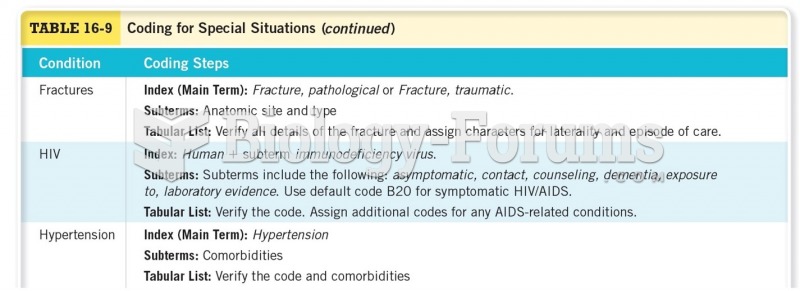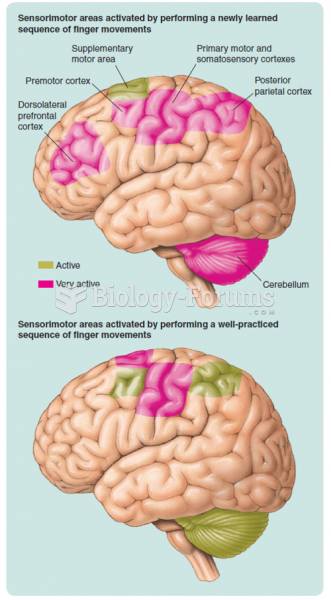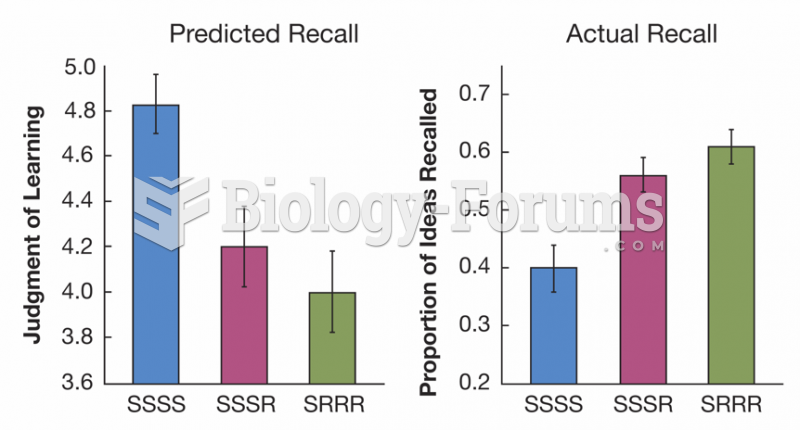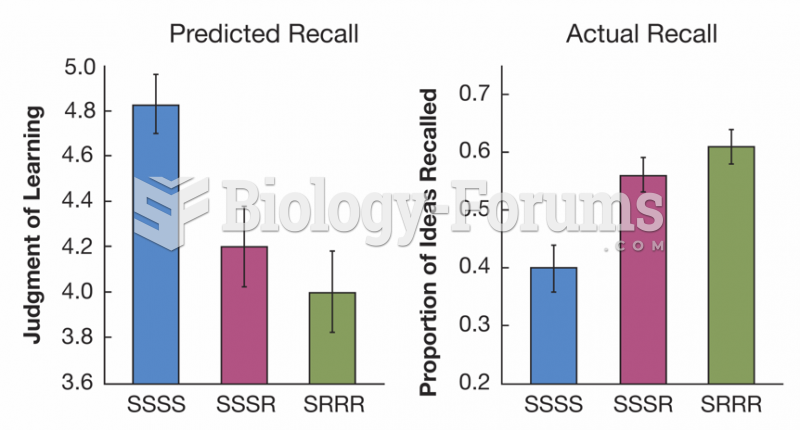Answer to Question 1
B
Answer to Question 2
Developmentalists have suggested that the first six to 12 hours after birth are a sensitive period for emotional bonding, when the mother is especially ready to respond to and develop a strong sense of affection for her baby. In one study, half of a group of new mothers follow the then-traditional hospital routine: they saw their babies briefly after delivery, visited with them six to 12 hours later, and had half-hour feeding sessions every four hours thereafter for the remainder of a three-day hospital stay. The other mothers were in an extended contact group and were permitted five extra hours a day to cuddle their babies, including an hour of skin-to-skin contact that took place within three hours of birth.
In a follow-up one month later, mothers who had been allowed early extended contact with their babies appeared to be more involved with them and held them closer during feeding sessions than did mothers who had followed the traditional hospital routine. One year later, the extended-contact mothers were still more highly involved caregivers, and their one-year-olds outperformed those in the traditional-routine group on tests of physical and mental development.This doesn't mean that mothers who have no early contact with their newborns miss out on forming the strongest possible emotional ties to them. Later research has shown that early contact effects are nowhere near as significant or long-lasting as originally thought. Even though early contact can be very pleasant and can help a mother begin to form an emotional bond with her child, it is not essential to do so.
Based on this evidence, Britney may be a less involved caregiver as her baby develops than the extended contact mother, but it need not necessarily be that way.







